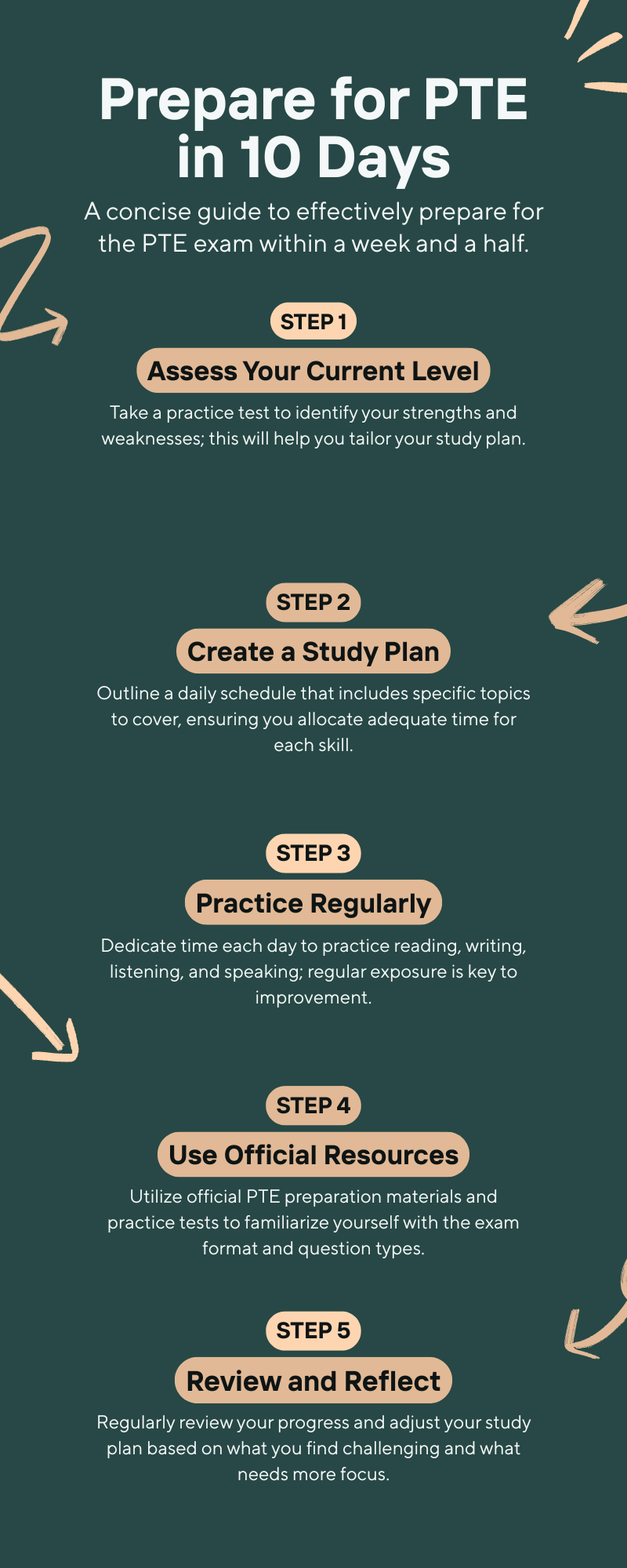As a seasoned language proficiency coach with more than 15 years of experience training candidates for tests like PTE, IELTS, OET, and TOEFL, I’ve guided countless students through intensive preparation regimens, often in compressed timelines.
The Pearson Test of English (PTE) Academic remains a powerhouse for those eyeing study abroad or immigration to countries such as Australia, Canada, the UK, or New Zealand.
This computer-based exam evaluates real-world English skills across Speaking & Writing, Reading, and Listening, with durations of 78-94 minutes, 31-40 minutes, and 45-56 minutes respectively.
In 2025, PTE has evolved with key enhancements effective from August 7, including two new speaking tasks—”Respond to a Situation” and “Summarize a Group Discussion”—designed to better assess authentic communication.
Additionally, scoring concordances with IELTS have been updated based on July research, and Australian visa requirements now demand adjusted minimums, like an overall 50 with no communicative skill below 42.
This 10-day plan, informed by these updates and my expertise, incorporates strategic practice, targeted tips, and real examples from my sessions. Remember, consistency trumps cramming—aim for 4-6 hours daily, and let’s dive in.
Days 1 & 2: Grasp the PTE Format and Scoring System
Your foundation starts with demystifying the test. PTE’s structure is modular, but the 2025 updates refine it for relevance. The Speaking & Writing section now includes eight parts, kicking off with a 30-second personal introduction (unscored but sent to institutions).
New additions like “Respond to a Situation” require you to reply to everyday scenarios in 40 seconds, testing spontaneity, while “Summarize a Group Discussion” involves condensing a 60-90 second audio debate in 20-30 seconds.
Reading remains a single timed block with five question types: multiple-choice (single/multiple), re-order paragraphs, fill-in-the-blanks (reading & writing), and reading fill-in-the-blanks. Listening features eight types, from summarizing spoken text to highlighting incorrect words.
Scoring operates on the Global Scale of English (10-90), yielding an overall score, four communicative skills scores, and six enabling skills (grammar, oral fluency, pronunciation, spelling, vocabulary, written discourse).
The updated 2025 concordance aligns PTE more precisely with IELTS—for instance, a PTE 59-64 now equates to IELTS 6.5. Institutions or visas set thresholds; e.g., many Australian universities require 65 overall.
Action Steps: Review official PTE videos and PDFs on the format. Map your target score to requirements. Example: A client targeting Canadian immigration (needing 65+) spent Day 1 charting CLB equivalents, realizing her speaking needed priority after a baseline self-assessment.
Day 3: Dive into Full-Length Practice Tests
Practice mirrors the real deal—PTE’s AI scoring demands familiarity. Take a complete scored mock test using official resources, simulating the 2-hour format with headphones and microphone.
Action Steps: Complete one mock, timing yourself strictly. Analyze results: Note enabling skills breakdowns, like low pronunciation if accents trip you up. The official app now includes 2025-updated questions.
Example: An engineering student I coached scored 55 initially due to rushed reading. This mock revealed vocabulary gaps, shifting his focus early.
Pro Tip: If scores dip in new speaking tasks, replay audios to practice summarization.
Day 4: Zero In on Weaknesses
Post-mock analysis is gold—prioritize low-scoring areas. If listening enabling skills (e.g., vocabulary) are weak, drill accents; for writing, refine essay structure.
Action Steps: Dedicate 2 hours per weak section. Use targeted exercises: For reading fill-in-the-blanks, practice collocations; for speaking, record and self-critique fluency.
Example: A nurse client, strong in content but weak in pronunciation, focused on vowel sounds, jumping from 50 to 68 in speaking after phonetic drills.
Day 5: Absorb General PTE Tips
General strategies underpin success. Time management is key—don’t linger on tough questions. Maintain natural pace in speaking; AI penalizes hesitation or filler words. Build vocabulary daily (aim for 50 words), focusing on academic terms. Stay hydrated and rested to combat fatigue.
Key Tips:
- Use the erasable notepad wisely for notes in listening/writing.
- Practice with a quiet environment to mimic test centers.
- Understand integrated scoring—speaking affects writing scores.
- For 2025, familiarize with AI enhancements for fairer bias detection.
Example: A busy professional I advised incorporated 15-minute daily vocab reviews, elevating his overall from 62 to 75 by test day.

Days 6 & 7: Master Speaking & Writing Tips
These sections are integrated, so tips overlap. For speaking (scored on fluency, pronunciation, content):
- Speak clearly at normal speed; over-enunciation hurts scores.
- In “Describe Image,” structure as overview + details + conclusion (20-40 seconds).
- For “Retell Lecture,” note key points during audio; paraphrase accurately.
- New tip for 2025: In “Respond to a Situation,” use polite language and justify responses; practice real-life scenarios like complaining about service.
- Prepare personal introduction: 25 seconds to state name, background, and goals—keep it concise.
For writing (task response, grammar, vocabulary):
- In “Summarize Written Text,” condense to 5-75 words, one sentence.
- Essays (200-300 words): Plan intro-body-conclusion; use connectors.
- Avoid repetition; vary sentence structures.
Action Steps: Days 6 for speaking (record 20 responses), Day 7 for writing (draft 5 essays). Review with rubrics.
Example: A client struggled with “Summarize a Group Discussion” initially; after practicing debates on current topics, she nailed fluency, scoring 79.
Day 8: Hone Reading Tips
Reading tests speed and comprehension—skim efficiently.
- For multiple-choice, eliminate wrong options first.
- Re-order paragraphs: Look for logical flow, topic sentences.
- Fill-in-the-blanks: Use context clues, grammar fit.
- Manage time: Allocate 2 minutes per question.
- Build speed with daily 500-word reads.
Action Steps: Practice 2 full reading sections; review errors for patterns.
Example: An IT professional improved from 45 to 70 by focusing on synonyms in blanks, using timed drills.
Day 9: Sharpen Listening Tips
Listening demands focus on accents and details.
- For “Summarize Spoken Text,” note main ideas + supporting points (50-70 words).
- Highlight correct summary: Choose the most comprehensive option.
- Fill-in-the-blanks: Anticipate words from context.
- Handle distractions: Practice with background noise.
- For “Write from Dictation,” spell accurately—partial credit for close matches.
Action Steps: Listen to 10 audios; transcribe and compare.
Example: A student with Indian accent bias practiced Australian clips, boosting scores from 52 to 78.
Day 10: Gear Up for Test Day
Finalize logistics—book slots early, as 2025 demand surges with updates.
- Arrive 30 minutes early; bring passport (primary ID).
- Check-in: Biometrics, security scan—no unauthorized items.
- During test: Breathe deeply; use breaks wisely.
- Post-test: Scores in 2 days; rescore if needed.
Example: A last-minute client forgot ID, delaying his visa—always double-check.
In my experience, this plan has propelled scores by 10-20 points. With 2025’s enhancements making PTE more robust, disciplined execution is key. Commit fully, and success awaits.



